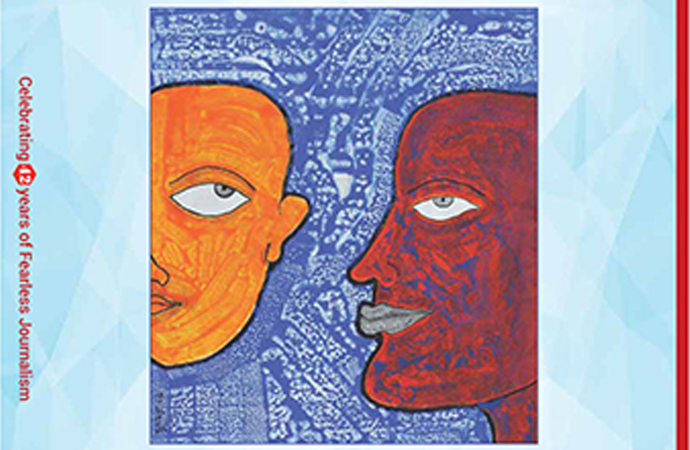Global

Mapping hurricane zone can help us to take precautionary measures to avoid the loss of life (Source:ESRI)
Cities are composed of multi-disciplinary stakeholders with ever evolving complexity. This challenge has made geographic information system (GIS) invaluable to city planners. According to a blog post of University of Southern California, the extensive use of GIS in analysis, modeling and visualization for urban planning make it an essential tool for planning. By processing satellite image, aerial photograph and remote sensors, users gain a detailed perspective on land and infrastructure and helps planners understand the needs of densely populated areas.
A planned urbanization can help us in this hour. The sectors for urban planning should include planning of land use, transport, housing, land development, and environment. For this purpose modern technology like GIS can provide planners, surveyors, and engineers with the tools they need to design and map their neighborhoods and cities. The main focus of this write-up is to portray the application of GIS in the modern world and how it's being used to ese our life. Particularly a city like Dhaka- which is heavily populated and polluted, needs a proper management and planning for the better future of its citizen.
In Dhaka city, we use GIS in our daily life! A person with a smart phone uses Google Map robustly to locate a point or location and to check traffic condition of whole city. This is a result of the advancement of Artificial Intelligence and GIS. However, these are the few ways how GIS is connected with our life. Compare to the last decade, the use of GIS is increased in our life and different institutions like - Institute of water modeling, CEGIS, Forest Department etc, are moved to GIS technology to analyze their data. We know the location of 2600 risky buildings in Dhaka city, the metro-rail operation al area, the weather condition across the country, the corridor for elephant 'movement and so on. Comparing to the developed country we are far away from the use of GIS in our life.
However it is not important to use GIS rather the way we want apply to solve our problem. Dhaka city is indulged with several problems/issues and it needs a proper management for a better future. Its not about the city life only, GIS is now used to solve international/national issues which create a demand of learning this tool among the young professionals. For instance, to solve the Tiger-Human conflict situation in Sundarbans area, geo-spatial analysis helped us to locate the priority zone area where we can put our maximum effort to reduce mortality.
Globally GIS technology is advancing and considering the country's need it is important to train our future professionals to maximize the use of data and develop databased management action for a better future.
Silmoon Islam, Intern, WildTeam and Student, Department of Forestry and Environmental Science, Shahjalal University of Science and Technology, Sylhet.

























Leave a Comment
Recent Posts
The forensic clean up of the f ...
Much of the coverage centring the surge in Non Performing Loans (NPLs) ...
Hong Kong’s deadliest fire in ...
Hong Kong’s deadliest fire in decades left at least 44 people de ...
False document submission hurts genuine students’ ch ..
The Missing Ingredients for Peace in Palestine
Songs of Hyacinth Boats & Hands: Reading Conversatio ..
Executive Editor Julie Pace on why AP is standing fo ..